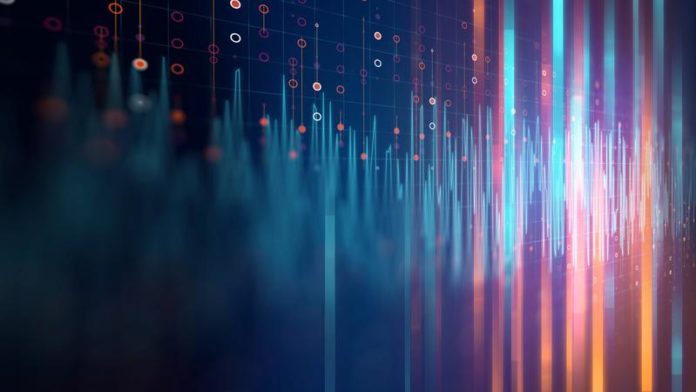A team of researchers at ETH Zurich recently developed technology to store data using music or rather, musical notes (the access data is transferred through music) that are imperceptible to the human ear but a smartphone can easily interpret it. Common wireless communication technologies, like Bluetooth, make the use of radio waves in order to transmit data between devices. However, the pairing of devices is essential in order to share files or photos via Bluetooth. Scientists have now considered a bizarre possibility for data transfer – Music!
Researchers at ETH Zurich have come up with a new technology which uses a very simple medium: sound. With cell phones already equipped with a built-in microphone (to pick up audio data from a piece of music) thus decoding the data could be as simple as downloading a smartphone app that contains the algorithm developed by the ETH Zurich team. (The application is not publicly available yet though).

LISNR, a start-up company wants to replace NFC and QR codes with a new technology that sends data over audio — a communication protocol called Smart Tone. The technology can be used across a number of applications like ticketing and authentication, offline messaging, device to device connectivity and more. Often, the receiving device will also send a Smart Tone back to the original broadcasting device enabling two-way communications.
LISNR actually uses the audio frequency range of ~18.7 kHz to 19.2 kHz for its communications and that is inaudible to 98 per cent of people. (those who can hear it, the audio sounds like white noise anyways).The idea to transfer data via audio isn’t brand new. “Google Nearby” uses this for sharing data between devices, as a rival to Apple’s “AirDrop”. Another company called CHIRP is also doing data over audio.

With companies like Chirp and LISNR experimenting with sound wave data transmission for about a decade, what sets the Zurich team apart is their mission to integrate data into music without affecting the pleasure of listening. The scientists used notes at very high frequencies, so high that the human ear barely registers them, to signal where the decoder algorithm should look for data.
In the words of Manuel Eichelberger, an ETH doctoral student –
“When we hear a loud note, we don’t notice quieter notes with a slightly higher or lower frequency, that means we can use the dominant, loud notes in a piece of music to hide the acoustic data transfer.”
A loud piece of music like this one is ideal for data transfer because it has a lot of dominant frequencies. Pop and rock songs usually work well! For reference, in a listening test when the participants were asked to distinguish between original and modified versions, Queen’s “The Show Must Go On” and Van Halen’s “And The Cradle Will Rock” both did extremely well. Surprisingly, more than 40 per cent of participants couldn’t identify the modifications, which is pretty high considering they were actively looking for suspicious sounds.

The ETH team figured out that the data transfer rate realistically would be closer to 200 bits per second since some repetition of data is needed to ensure accuracy and quality. Considering the trade-off between the transfer rate, quality of data, and quality of music, this technology works best for short and simple pieces of data, like Wi-Fi passwords.
Have you heard about proximity marketing? Proximity marketing refers to communicating with customers at the right place and at the right time with highly relevant and personalized messages on their smartphones, it could be a greeting at the entry points, special offers in the store or getting feedback on a new product. It’s another industry where sharing data through music comes handy. Someday, you might be able to receive special promotions or product information via music played over a store’s speakers. With background music and smartphone users, the potentiality is enormous.
Interested in more? Click here to explore.


